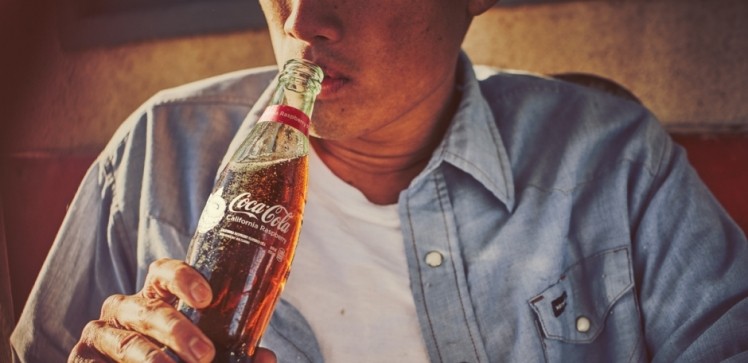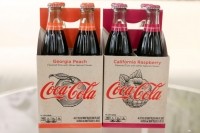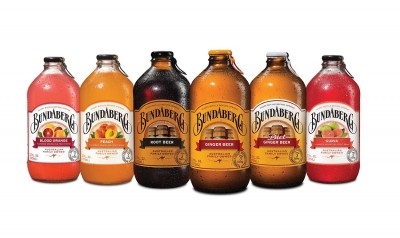Coca-Cola keys in on craft trend with peach and raspberry soda rollout

As the brand’s first US flavor innovation since 2002 with Vanilla Coke, the company wanted to create flavors that were “locally-inspired” while aligning with consumers’ desire for more information about the food and beverages they consume.
The company’s R&D team worked with nearly 9,500 consumers and discussed more than 30, mostly fruit-inspired, flavor options. After several rounds of research, “peach and raspberry floated to the top,” Lillian Norton, senior brand manager, Coca-Cola Innovation, said.
Coca-Cola created the peach flavor with peaches sourced from the state of Georgia and the raspberry flavor with raspberries grown in California. The soda giant also wanted to tap into its “hand-crafted heritage” - until 1932, Coca-Cola drinks were mixed and poured by hand at drugstore soda fountains across the US.
“Soda shops would experiment with different flavors,” explains Ted Ryan, Coca-Cola archivist. “Vanilla and cherry were favorites, of course, but you’d also
find locally-sourced flavors on tap in different parts of the country. Peach was popular in the South and, believe it or not, maple syrup was common up north.”
The bottle and packaging design is also a nod to Coca-Cola’s early days with logos and imagery printed directly on the glass bottle versus a label and on-pack description of the story behind the new beverages.
Both flavors will be sold as individual 12-ounce glass bottles or in four-packs at restaurants, bars, and grocery stores nationwide.
“We know that our consumers want more transparency. They want clear ingredient information, and they’re seeking out more local products. They’re shopping local, and eating local,” Norton said.
Opportunity in local, craft soda category
The overall soda category remains on a downward trend with retail sales down 2.5% in 2017, according to Euromonitor. It is projected to drop another 2.9% in the 2018-2019 period, but craft/specialty sodas have seen a pockets of growth driven by sophisticated flavor launches, according to Euromonitor.
“Specialty sodas are particularly appealing to people who enjoy discovering crafted flavors and who have a desire to try curated food and beverage experiences,” Norton said.
According to Norton, craft sodas can also play into consumer interest in products made with recognizable and local ingredients.
"We see an opportunity to make more of a full portfolio play in this space with these new locally inspired flavors,” she said.
The introduction of Coca-Cola from Mexico to the US market is also providing some guidance for the company’s new craft soda launches since it has “posted solid growth ever since” it was imported to the US in 2006, the company said.
Coca-Cola from Mexico is made with cane sugar, which offered an alternative at the time to Coca-Cola Classic’s high fructose corn syrup formulation.
“We learned a lot from Coca-Cola from Mexico and how it has grown organically. So we’re being purposeful in deciding how to launch these new products, keeping in mind the importance of allowing consumers the opportunity to discover the new products for themselves,” Norton said.







